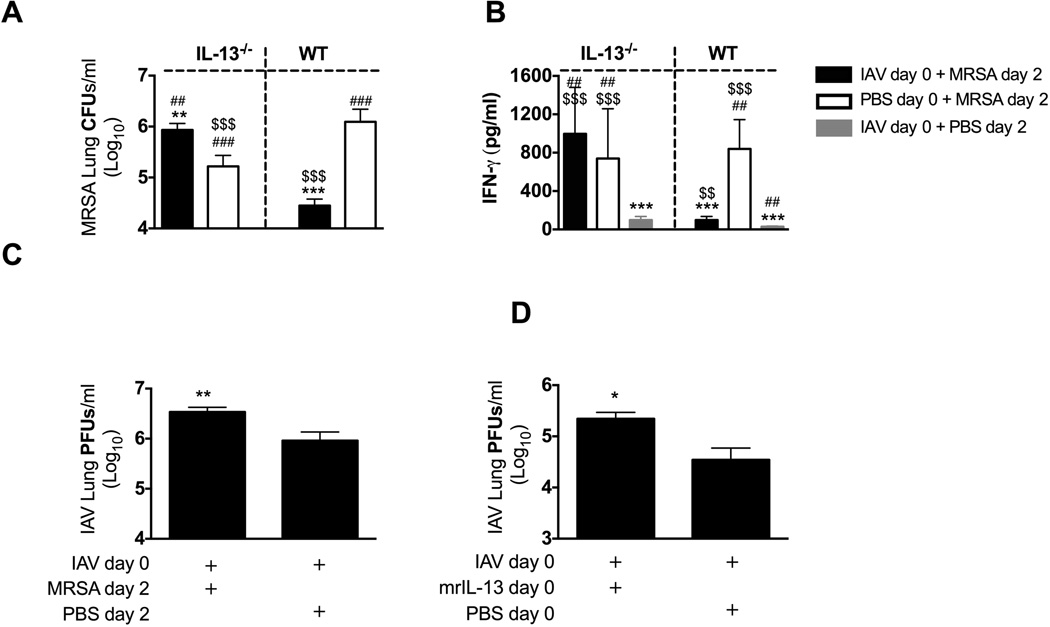Figure 2. IL-13−/− mice are susceptible to secondary MRSA pneumonia early after influenza infection.
IL-13−/− and C57BL/6 WT mice were infected with influenza (IAV) on day 0 and MRSA on day 2. (A) Bacterial burden was evaluated 24 h after MRSA challenge. (B) Level of IFN-γ was evaluated in cell-free BALF collected at the time of sacrifice. (C) Viral load was measured in mice lungs 24 h after MRSA challenge. (D) WT mice were infected with influenza and treated intratracheally with 0.5 µg mrIL-13 or PBS at the time of challenge with influenza, as well as 3 and 6 h later. Viral burden was evaluated 24 h after influenza infection. Each data point represents mean ± SEM of 5 mice per group from one representative experiment. Experiments of similar design were independently performed at least twice with similar results. Statistical significance: In panels A and B “*” corresponds to respective WT or IL-13−/− mice infected with PBS + MRSA, “#” corresponds to WT mice infected with IAV+ MRSA, whereas “$” corresponds to respective WT of IL-13−/− mice infected with PBS + IAV (one-way ANOVA with a Bonferroni’s post test). In panels C and D “*” corresponds to mice infected with IAV + PBS (unpaired t-test).

